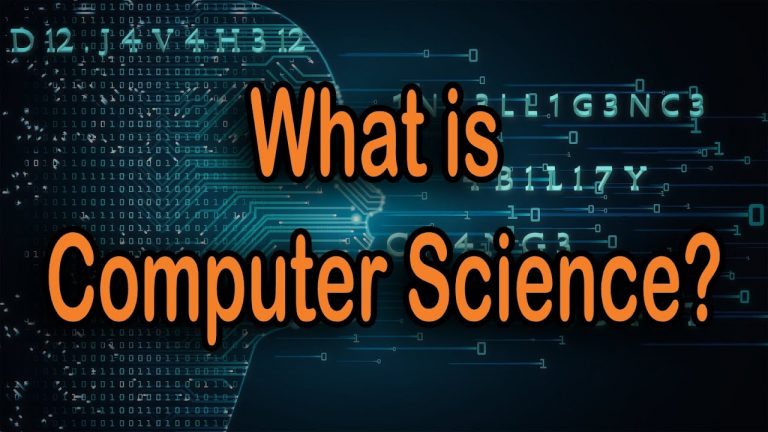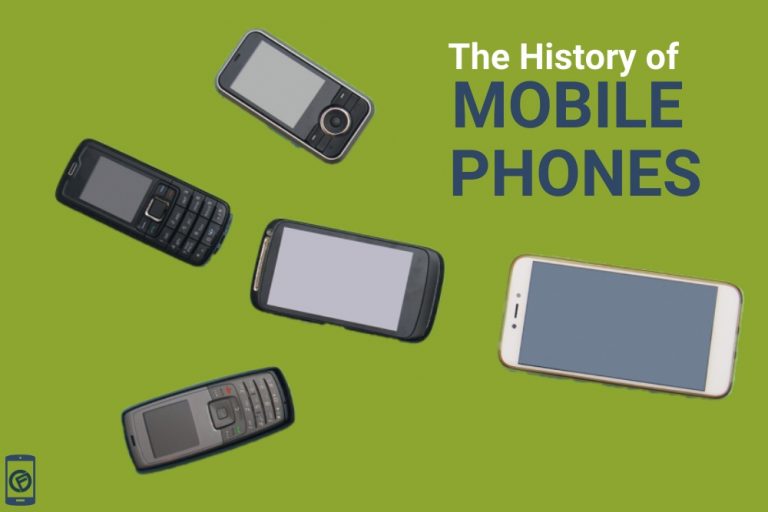Introduction
Love is a feeling that can be hard to describe. It can come in many different forms, and can be experienced in different ways. Love is often seen as something that is positive, and many people strive to find love in their lives. In this article, we will explore what love is, the different types of love, how to show love, and the benefits of love.
What is Love?
Love is a complex emotion that can be difficult to define. At its core, love is an intense feeling of affection and attachment to someone or something. Love can take many forms, including romantic love, familial love, and platonic love.
Romantic love is the most commonly thought of form of love, and is characterized by strong feelings of attraction, desire, and passion for someone. This form of love is often associated with a romantic relationship, and can involve feelings of happiness, excitement, and contentment.
Familial love is the love that is felt between family members. This form of love is often characterized by feelings of loyalty, commitment, and a desire to protect and care for one another.
Platonic love is the love that is felt between friends. This form of love is characterized by feelings of affection and admiration for someone, but does not involve the romantic or sexual feelings that are associated with romantic love.
How to Show Love
Love can be shown in many different ways, and the way in which it is expressed can depend on the type of love that is being felt. Below are some ways that love can be shown:
- Acts of Service – doing something for someone that they may need help with.
- Physical touch – showing affection through hugging, holding hands, or kissing.
- Quality time – spending time with someone and giving them your undivided attention.
- Words of affirmation – telling someone how much they mean to you, or giving them compliments.
- Giving gifts – showing someone that you care by giving them something thoughtful.
The Benefits of Love
Love can have many benefits, both for the person giving love and the person receiving it. Below are some of the benefits of love:
- Improved mental health – Love can help reduce stress, anxiety, and depression. It can also improve self-esteem and increase feelings of happiness and contentment.
- Improved physical health – Studies have shown that people in loving relationships are less likely to experience physical health problems such as heart disease, high blood pressure, and obesity.
- Longer lifespan – People who experience love are more likely to live longer than those who do not.
- Improved relationships – Love can help improve relationships between family members, friends, and romantic partners. It can improve communication, trust, and intimacy.
- Increased empathy and compassion – Love can help increase feelings of empathy and compassion towards others.
Conclusion
In conclusion, love is a complex emotion that can be difficult to define, but is an essential part of human life. It can take many forms, including romantic love, familial love, and platonic love, and can be shown in different ways. Love has many benefits, both for the person giving love and the person receiving it, including improved mental and physical health, longer lifespan, improved relationships, and increased empathy and compassion.















